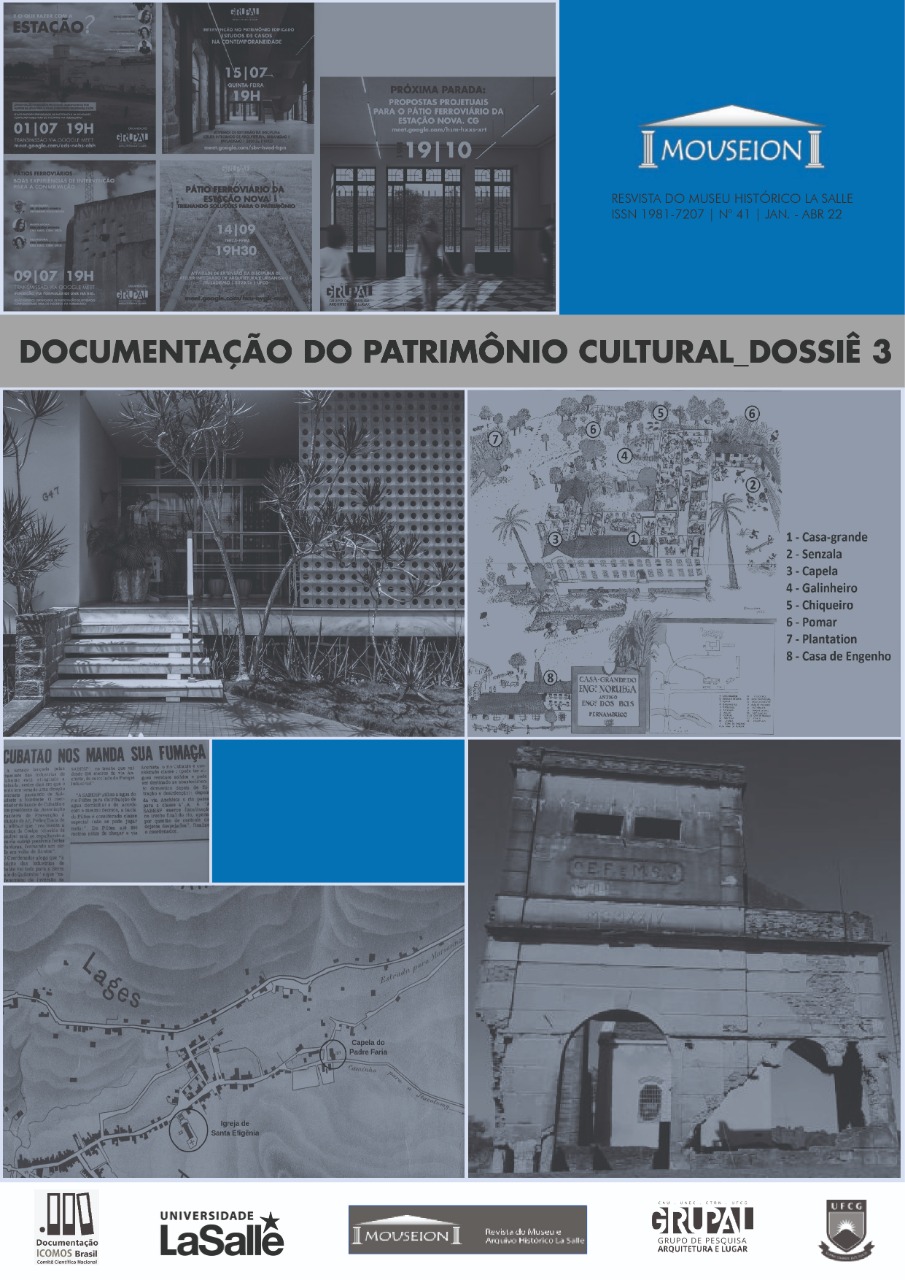The Padre Faria neighborhood on the banks of the patrimonialization of Ouro Preto-MG
DOI:
https://doi.org/10.18316/mouseion.v0i41.9451Keywords:
Colonial Architecture, Ouro Preto (MG), cultural heritage, protection perimeterAbstract
This article aims to analyze the neighborhood Padre Faria, which is on the banks of the historic center of the city of Ouro Preto (MG). This neighborhood is part of the main protection spot of Ouro Preto, but, because of its peripheral location, it has distanced itself from the image that characterizes the heritageed city, presenting its own landscape. For the analysis of the neighborhood, in situ surveys, photographic surveys and interviews with local residents were conducted. From the fieldwork it was possible to observe that the buildings that make up the neighborhood are configured as hybrid innovations, mixing the colonial aesthetics valued in the city the possibilities found in self-construction. Through a theoretical and practical reflection of the transformations of the neighborhood in front of the typical image of the city of Ouro Preto it was possible to conclude that colonial aesthetics is used even in properties that do not go through approval processes in regulatory agencies, constituting an imposition assimilated in the local context. Therefore, the non-conforming replication of colonial aesthetics reflects the complexity of the territory valued and protected in the face of successive processes of density and urban expansion, and to the new needs of local residents.Downloads
Published
2022-05-17
Issue
Section
Dossiê
License
Authors must submit their manuscripts to be published in this journal agree with the following terms:
Authors maintain the copy rights and concede to the journal the right of first publication, with the paper simultaneously licensed under the License Creative Commons attribution that permits the sharing of the paper with recognition of authorship and initial publication in this journal.
Since the articles are presented in this journal of public access, they are of free use, with their own attributions for educational and non-commercial purposes.


